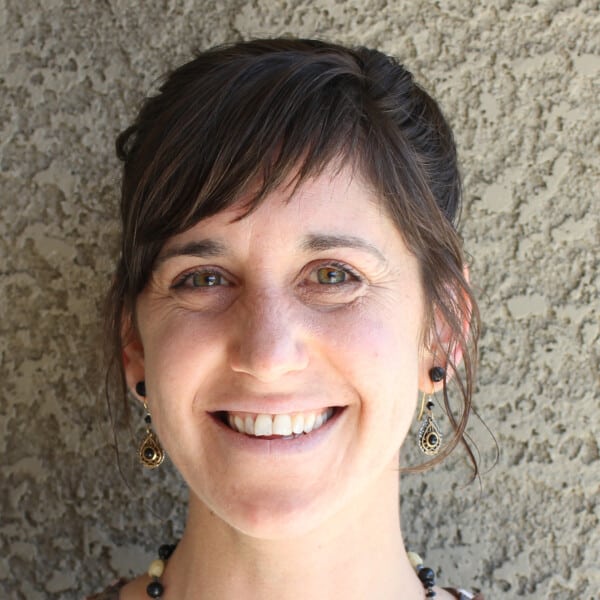PSI Personnel
External Partners
- UCSD
Project Description
EnVision’s unprecedented high resolution, multi-instrument suite will address key unanswered questions regarding the present-day state and the history of Earth’s sister planet. Critical to understanding Venus’ current geological activity and long-term evolution are quantitative characterizations of the surface and shallow sub-surface structure. Here we propose surface and near-surface geophysical investigations to be conducted to support EnVision VenSAR Science Team (VeST) efforts. First (Investigation 1), we will identify potential target areas for VenSAR observations through further characterization of existing Magellan (MGN) data sets. Second (Investigation 2), we will develop software and planning tools to construct super-high-resolution topography (~0.1 m vertical resolution) from pass-to-pass interferometry on adjacent EnVision orbits.
Investigation 1 (I1): We propose the following studies: (a) Identification of moment-saturated flexural signatures exhibiting faulting. We will use MGN altimetry, stereo and SAR data, together with published and/or new modeling to identify flexural signals for which fault reliefs could be measured by EnVision altimetry and stereo SAR. These, in turn, will inform lithospheric properties and potential tectonic activity. (b) Systematic surveys of potentially active regions for blocky deposits, and geomorphic characterization of those deposits, including their topographic setting using SAR imagery, stereo topography and altimetry tracks. This would identify potential mass movements for future study by EnVision. (c) Characterization of low and intermediate radar emissivity regions in the plains and correlations with any surface features, using MGN radiometry and SAR images to identify possible lateral variations in subsurface structure or scattering properties. This would inform possible target areas for combined multi-instrument EnVision studies with high-resolution imaging, polarimetric radiometry and Subsurface Radar Sounding.
Investigation 2 (I2): We propose to develop software and planning tools for use by the EnVision science team, to implement an innovative and novel approach for pass-to-pass interferometry, using adjacent satellite orbits to construct high-resolution topography. This approach, versus traditional repeat-pass interferometry is advantageous because it minimizes errors introduced by changes in atmospheric conditions (time scales of one orbit versus one sideral day). The technique requires a central frequency shift on adjacent orbits, that is slope- and latitude-dependent. Although the central frequency of VenSAR is fixed, the radar bandwidth in the 10 m imaging mode would allow post-processing of the full resolution raw SAR data over regions with slopes < ~10°. Science targets of interest include the pervasive fracturing in the volcanic plains that cover ~80% of the planet’s surface. Establishing the extensional (e.g., evidenced as small graben) or compressional (e.g., evidenced as low relief ridges) origin(s) of such features is critical to understanding the planet’s volcanic and tectonic evolution.




